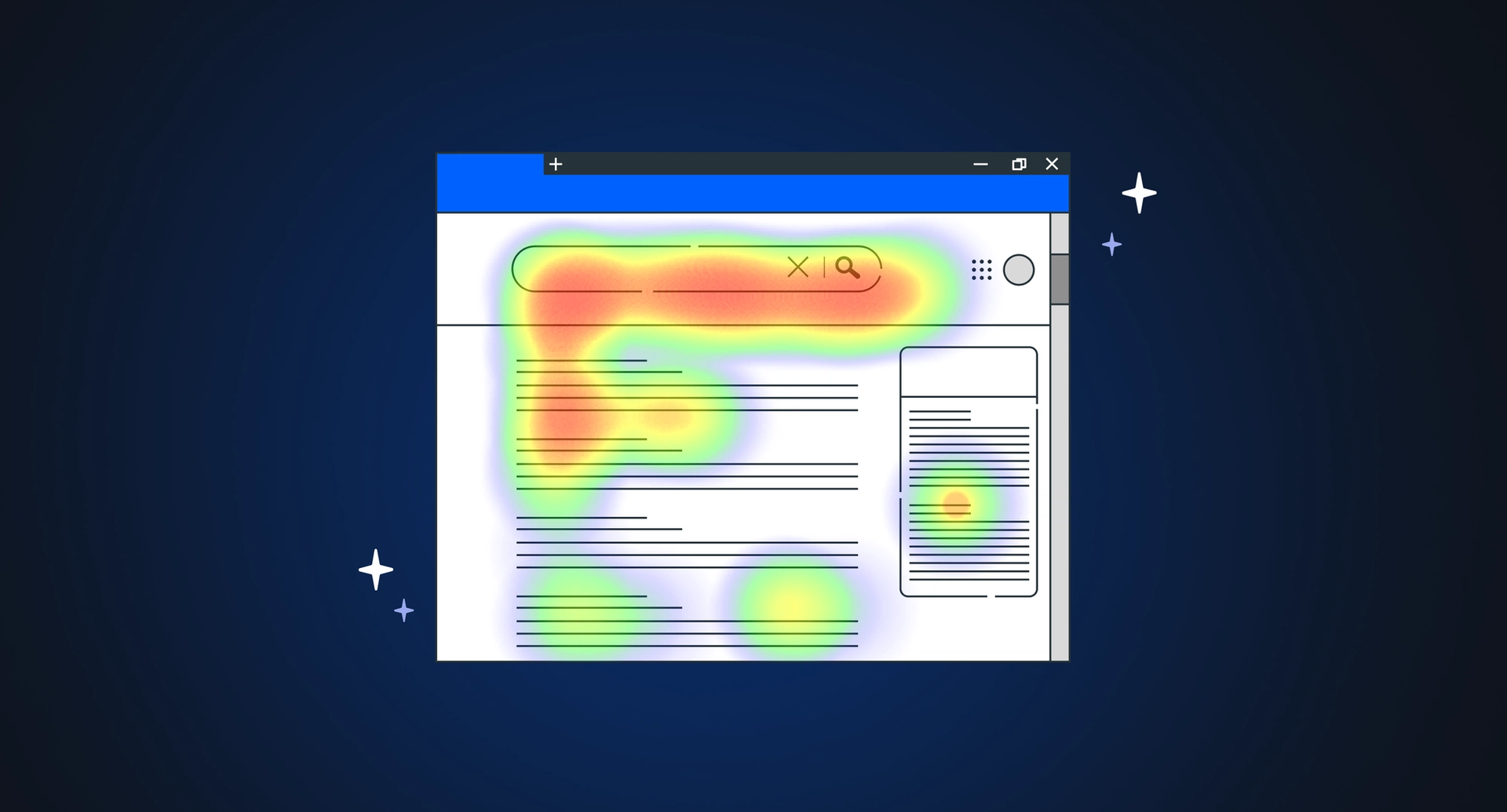E-commerce design refers to the strategic and aesthetic planning of online platforms that facilitate electronic transactions between businesses and consumers. It encompasses the visual elements, user interface, and overall user experience of an online store or marketplace.
The significance of e-commerce design lies in its pivotal role in attracting, engaging, and converting visitors into customers. An effective design not only enhances the visual appeal but also ensures seamless navigation, intuitive functionality, and a secure, trustworthy environment.
A well-designed e-commerce platform can foster user trust, streamline the buying process, and encourage repeat business. It involves considerations such as responsive layouts, easy navigation, clear product displays, secure payment getaways, and an overall user-centric approach.
In an increasingly competitive digital landscape, where first impressions matter, e-commerce design serves as a critical factor in driving customer satisfaction and ultimately contributing to the success and sustainability of online businesses.
Avoiding common mistakes in e-commerce websites
Effective commerce brands rely on sales-driven websites where conversions hinge on site quality and user experience. Top-performing websites are purposefully designed to guide visitors seamlessly, ensuring a positive experience from landing to information discovery.
To avoid customer frustration and potential loss to competitors, it is crucial to streamline the customer journey and create delight at every touchpoint.
Our experienced team has identified common design mistakes and provided insights on how to improve them.

- Forgetting the user
Prioritizing the user in design is foundational to the success of online platforms. This involves understanding and incorporating user expectations shaped by past experiences. To align design decisions with real customer needs, tools like heatmaps reveal user interactions, while user interviews provide qualitative insights.
Our experienced team embraces an iterative approach, consistently testing and integrating feedback throughout the design process, ensuring the final product exceeds user expectations for a seamless online experience. - Hard to reach CTAs
Effective websites aim to guide customers through their buying journey with clear and easily accessible Call-to-Actions (CTAs).
Modern interfaces sometimes lack clarity, causing user confusion. To enhance user experience, it is crucial to define page goals, ensure distinct and prominent CTAs, and conduct A/B testing for even minor design adjustments, as they can have substantial impact on user engagement. - Overloaded menus
Steer clear of overloaded menus, as they can create confusion for customers unfamiliar with the site structure. The analogy to a cluttered drawer emphasizes that, like a disorganized space, an overloaded menu makes it challenging for users to discern the contents.
While your marketing teams may have a clear understanding of the site’s organization, it is crucial to consider that customers might not share the same level of familiarity.
To enhance user experience, prioritize simplifying menus, opting for a minimal number of levels. This approach ensures a more intuitive and user-friendly navigation experience, minimizing the risk of overwhelming your site visitors. - Sacrificing usability for the sake of innovation
Balancing innovation and usability is crucial in online store design. Users expect conversations like finding the shopping cart icon in the upper right corner. Deviating from these norms can lead to confusion and deter purchases.
While innovation is essential, it is important not to disrupt fundamental elements that users rely on for seamless navigation, such as the strategic placement of familiar icons. Striking this balance ensures a positive and intuitive online shopping experience.


